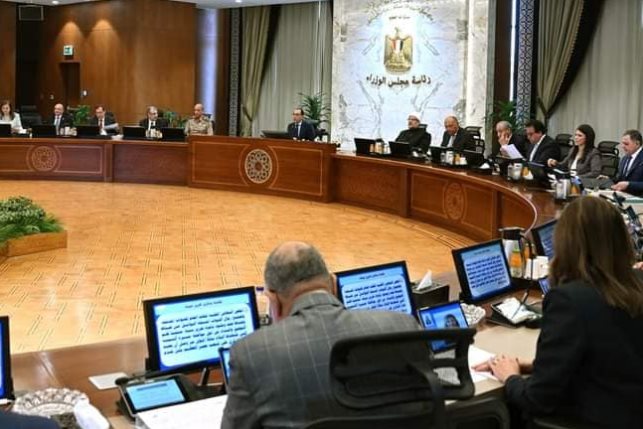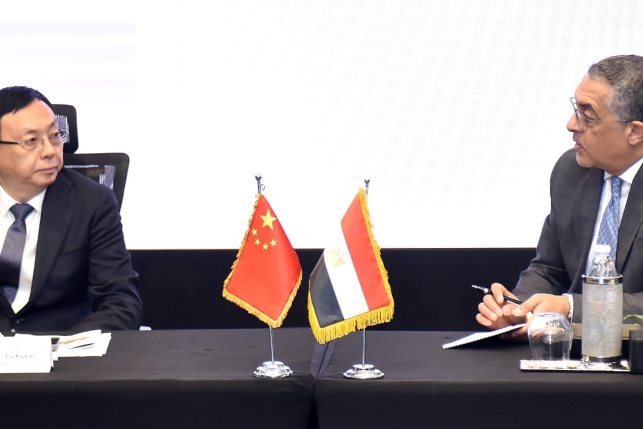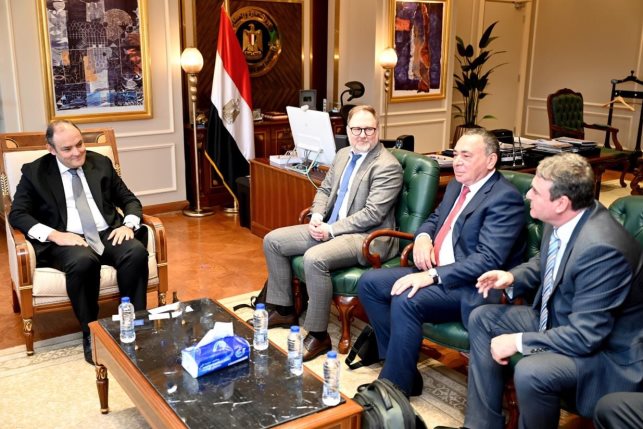A Spotlight on Egypt’s 2021/2022 Budget
In light of the repercussions of the pandemic, Maait said that the gross domestic product’s (GDP) growth rate during FY 2021/2021 is estimated to increase 5.4%

Originally in our May - June 2021 Issue. Click here to see the latest release
In a step forward after the sign-off of the cabinet on Egypt’s budget for fiscal year (FY) of 2021/2022, Minister of Finance Mohamed Maait delivered the financial statement for the 2021/2022 budget before the House of Representatives in April, and the latter approved the new budget during June.
During his statement, Maait said that the state’s general budget’s aggregate resources amount to EGP 2.461 trillion, divided into EGP 2 trillion for the state’s administrative apparatus, and EGP 185.953 billion for the local administration.
He added that the state’s expected budget expenditure amounted to EGP 1.837 trillion.
Citizen Services and Social Assistance Expenses
Health and education expenditure is slated to hike by 16% to EGP 108.8 billion, while spending on education will increase by 10% to EGP 172.6 billion.
Meanwhile, spending on social protection programs will reach EGP 283 billion, down from EGP 286 billion in 2020/2021.
Government employees’ wages reached EGP 362 billion, including EGP 171.213 billion for the state’s apparatus and EGP 142.320 billion for the local administration.
He explained that special allowance allocations amounted to EGP 2.762 billion and grant allocations reaching EGP 340 million, while allocations of the state budget’s fourth chapter for the fiscal year 2021/2022 (subsidies, grants and social benefits) amounted to about EGP 321.301 billion, including about EGP 183.329 billion in subsidy cuts.
The draft state budget for FY2021/2022 includes about EGP 164.246 billion allocated to social benefits, with about EGP 19 billion to social security pensions and EGP 70 million for child pensions.
The volume of social assistance amounted to about EGP 135.006 billion, of which 134.998 billion is pension contributions, and EGP 8.032 million is in kind social assistance.
The total amount of budget grants from foreign governments amounted to EGP 85.422 billion, largely from foreign organizations.
Egypt’s GDP Expectations Moving Forward and Inflation
In light of the repercussions of the coronavirus epidemic, Maait said that the gross domestic product’s (GDP) growth rate during FY 2021/2021 is estimated to increase 5.4%, according to estimates from the Ministry of Planning and Economic Development, a rise from the expected growth rate of 2.8% during FY 2020/2021.
The government will support the Central Bank of Egypt’s (CBE) reduction of annual inflation rates to low annual rates estimated at about 7%, in accordance with the published inflation targets.
Regarding inflation and unemployment rates, Maait indicated that the CBE has reduced interest rates by 400 cumulative basis points since March 2020 to alleviate cash liquidity.
Inflation has declined since the beginning of FY 2010/2013, reaching 5.4% by the end of 2020, from an average of 19.6% during the previous three years.
The annual inflation rate also decreased to 4.5% in March 2021. Global prices are expected to rise as the economy recovers, but domestic inflation rates will remain within the CBE’s targeted levels.
In the wake of the coronavirus pandemic and the consequent economic slowdown, the unemployment rate increased to 9.6% at the end of FY2019/2020, down from 7.9% the previous year, before declining again to 7.2% in December 2020 as a result of governmental efforts to contain the pandemic’s economic repercussions.
Regarding the financial estimates targeted in the draft budget for FY 2021/2021, Maait said that the Finance Ministry is targeting a continued debt-to-public budget ratio of about 89.5% of GDP in June 2009, which requires achieving a primary surplus of 1.5% of GDP, assuming economic growth of 5.4%.
The budget would thereby decline to 6.7% of GDP, Maait stated, down from the 7.7% expected for end of FY2020/2021.
Taxes, Taxes, Taxes
Tax proceeds are also expected to witness a year-on-year increase of 18.3%, reflecting efforts to develop revenues and broaden the tax base, in addition to implementing structural measures within Egypt’s institutional tax system reform framework.
Income taxes and value-added tax are amongst the most important sources of public taxes, and income tax proceeds from non-sovereign entities (excluding the Central Bank, petroleum, and the Suez Canal, and taxes on the proceeds of bills and bonds) in 2021/2021 are expected to grow by 19.1%, reaching an aggregate outcome of EGP 297.1 billion, Maait said.
The proceeds from added taxes on all goods and services in the fiscal year 2021/2021 is slated to grow by 17.2% of projected estimates for the previous fiscal year 2021/2020, bringing the total to EGP 449.6 billion.
Regarding other revenues, the budget aims to collect non-tax revenues from various sources amounting to about EGP 380.6 billion in the year 2021/2021, including collecting about EGP 5.2 billion in public business sector companies (among them profits from Telecom Egypt and other state-owned companies).
This is in favor of the public treasury in the fiscal year 2021/2022, targeting the transfer of about EGP 21.5 billion in surpluses from economic agencies to the public treasury, excluding the surplus of the Suez Canal Authority transferred to the treasury, and targeting about EGP 11.4 billion under net profits of public sector companies in favor of the public treasury in the fiscal year 2021/2022.
Maait emphasized that the size of public expenditures, except for interest payments in the draft FY2021/2021 budget, should not exceed around EGP 1,258.1 billion. This will allow maximum spending to achieve the primary surplus target of 1.5% of GDP, thereby reducing the budget debt-to-GDP ratio.
This is despite achieving a total annual deficit and financing the massive increase in spending on public investments to improve infrastructure, road networks, bridges, tunnels, transportation networks, electricity, water and sewage projects, affecting the size of debt’s absolute value and its service cost.
Estimates indicate that the subsidy for food commodities covers about 71 million beneficiaries, while the ration card system covers about 63.6 million beneficiaries, Maait said.
The budget provides adequate financial allocations to fulfill the treasury’s obligations in accordance with new legislation and the increase in allowances for treatment at the expense of the state, social housing and the Takaful and Karama programs’ entitlements.
The financing gap is slated to increase by 7.1% to EGP 1.06 trillion, with nearly EGP 990 billion plugged through local treasury sales.
The remainder will come from EGP 66 billion in eurobonds and another EGP 123.8 billion in loans from foreign institutions. At least 70% of all new sovereign issuances in FY 2021/2022 will be long-term, as the government continues to shift to longer tenor debt.





